Are you familiar with the process of measuring employee KPIs, and do you wonder why it’s crucial? Understanding how to measure employee KPIs is akin to maintaining a healthy body for sustaining a thriving business.
Much like keeping track of one’s diet or targeting specific muscle groups during exercise, managing a business with multiple employees requires an assessment of vital signs and noticeable patterns within the system for optimization. Therefore, having the knowledge of measuring employee KPIs is essential.
While there are numerous Key Performance Indicators (KPIs) to monitor and various data input methods, it’s crucial not to single out individual employees and assess their value solely based on numerical scores. Business challenges are diverse and intricate, so employee KPIs should be viewed as abstract indicators of potential challenges rather than strict management tools.
The significance of knowing how to measure employee KPIs lies in their effectiveness as a bird’s-eye view, enabling you to recognize potential pitfalls and enticing opportunities within the broader map of your business strategy. To understand how to measure employee KPIs, the first step is to identify the employee KPIs that are worth tracking.
Guide To Measure Employee KPIs
It is frequently said that “What gets measured gets done,” but how does the measuring itself get done? Below are the important steps to consider in effectively tracking KPIs as a part of your performance management framework.
Step 1: Choose one or two measures that directly contribute to each of your objectives
While your organization has many moving parts that are integral to its operations and performance, it is not possible, or efficient, to track everything going on internally. For one thing, not all measures are important enough to track. For another, tracking too many measures creates unnecessary work that ultimately won’t be useful.
Instead, choose one or two metrics for each of your objectives that will be most helpful in achieving them. Multiple metrics could apply, but only a couple of them will be impactful enough to improve performance.
For instance, say your organization has an objective to improve your employee training and development programs. You could measure the percentage of trained employees or training time, but neither of these correlate well with the real result you’re looking for: developing peoples’ skills to handle more advanced roles. A better measure might be a reduction in errors as a result of the training, for instance.
Step 2: Make sure your measures meet the criteria for a good KPI
In addition to making sure your chosen KPIs are true indicators of performance, they should also have some additional characteristics that will signal their effectiveness. Ask these questions about each KPI you’re considering:
Can it be easily quantified?
Are we able to influence/drive change using this KPI, or is it out of our control?
Does this KPI connect to our objective as well as overall strategy?
Is it simple to define and understand?
Can it be measured in both a timely and accurate manner?
Does it contribute to a broad range of perspectives – i.e. Customer, Financial, Internal Processes, Learning and Growth?
Will it still be relevant in the future?
If you answer “no” to many of these questions, it may be a sign that the KPI either needs to be altered or replaced altogether.
Step 3: Assign responsibility for each KPI to specific individuals
KPIs are an important tool in measuring progress, but they are more likely to be acted upon if someone is held responsible for tracking and reporting on them. An added benefit: The responsible party is also usually more inclined to want the measure to succeed, rather than accept underperformance. Even if all the person’s responsible for is reporting on their KPI, you can bet they’d rather report good news than bad news—which motivates them even more.
You may have an analyst responsible for collecting the data. This is important, but maybe more important is having a business leader who is responsible for “reporting” on the measures. The business leader should be able to analyze the results, put the data in context, and explain whether performance is good or bad and why. The individual who is responsible for the measure will be able to influence the resources dedicated to improving the measure.
Step 4: Monitor and report on the KPIs
Finally, it’s necessary to continually review your KPIs and their performance on a monthly, quarterly, or other predefined reporting frequency. Regular monitoring makes it easy to see the time frame in which something may have underperformed or overperformed, as well as what may have happened within this period to cause the change.
To ensure the whole team is on the same page—and because many measures and goals are interconnected—it’s crucial to report these findings to all relevant parties. Making use of customizable dashboards is a great (and simple) way to report to different audiences. You can make one dashboard for departments working on KPIs, and another that gives a high-level overview to executive teams.
Improve Your KPIs By Changing The Way You Measure Them
Measuring employees KPI is necessary as it allows you to identify problems. You can then investigate them further to improve employee productivity and performance. Well, what can you do other than track these employee KPIs before you are going to measure employee KPI? You should also set SMART KPIs that can help you to get your desired outcome for the business when you measure employee KPIs.
On the whole, acquiring the knowledge of measuring employee KPIs is a decision you won’t regret. It deserves your focus because understanding how to measure employee KPIs enables organizations to promptly identify potential issues, often stemming from broader operational challenges, resource constraints, and workflow bottlenecks. Therefore, it is advisable to start learning how to measure employee KPIs now!
To learn how OKRs can help take your team to the next level, enroll in our OKR Mastery course and earn a 35% commission when you invite others to join this course!
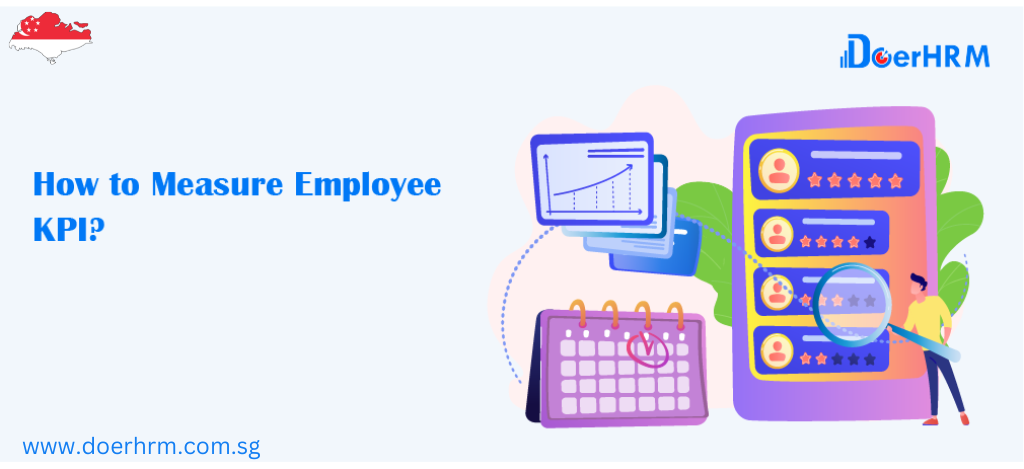

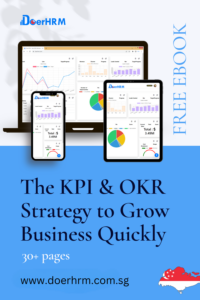

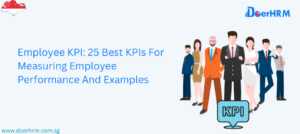
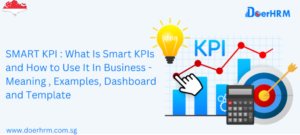
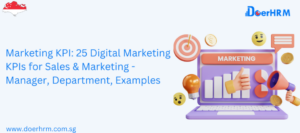
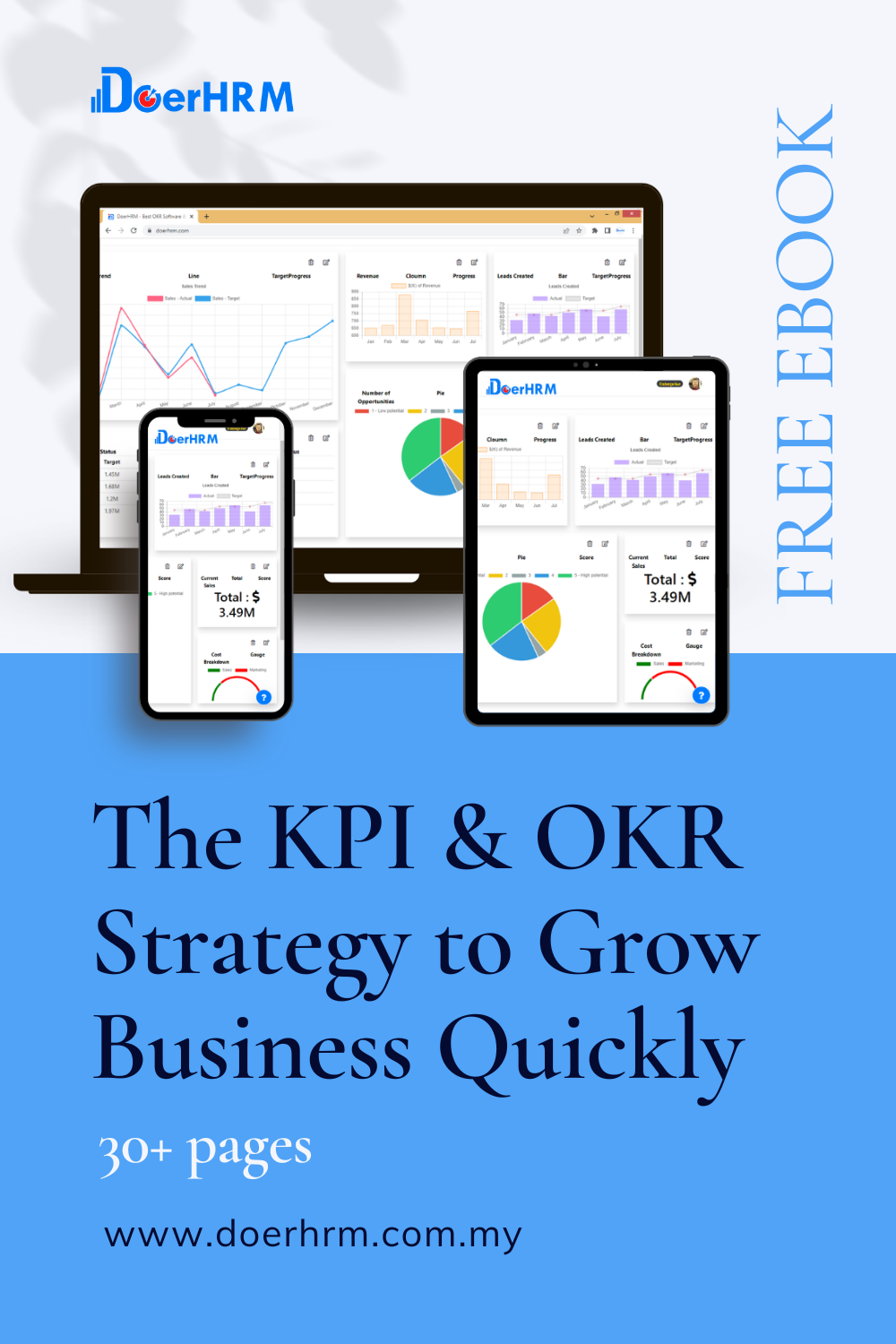
DoerHRM hit the mark with this article on measuring employee KPIs in Malaysia! The in-depth explanation of KPI selection, data collection, and evaluation methodologies was incredibly valuable. Understanding how to tailor KPIs to the unique cultural and business landscape in Malaysia has given me the confidence to lead my team towards higher performance. By implementing the insights from this article, I’m certain we can boost employee engagement, enhance productivity, and foster a more motivated workforce. Thank you for this fantastic resource!
Your article helped me a lot, is there any more related content? Thanks!